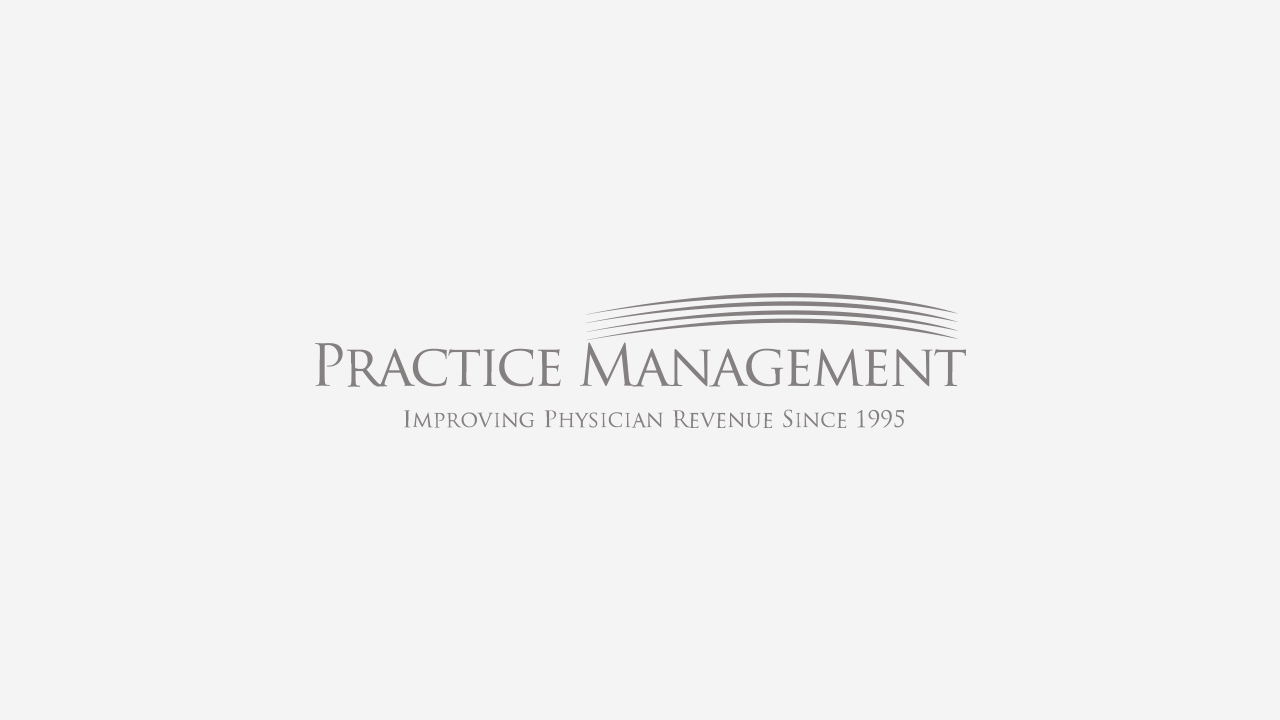
Streamlining operations is the name of the game for many industries today, and medicine is an area where that transition is long overdue. Increased costs, changing health insurance procedures, and a more educated patient base has led to a growth in telemedicine offerings from medical practices around the country.
The ability to stay home and contact a health professional is a big deal, considering that when telemedicine began to take shape over half a century ago it wasn’t considered a serious option for receiving care. Today, telemedicine is changing the way patients view about their health, and in turn, changing the ways that practices serve their patients.
Medical practices should all be looking at ways to embrace telemedicine and telehealth technology, since it will undoubtedly be crucial in the future.
How crucial? A 2017 survey found that 77% of patients would like to take part in a virtual care session. This statistic alone is evidence of the effect telehealth technology has already had on our society. Mobile health apps have made patients more proactive about keeping track of their health. This is an increase in patient engagement, which means better communication between doctors and patients. When doctors’ offices spend a bulk of their day calling patients, following up on appointments and info requests, another avenue to easily communicate with multiple patients at once is needed.
Telemedicine also helps smaller hospitals that may not have access to specialists or are short on staff, freeing up time to focus on patients currently in the building.
Another attractive aspect of telemedicine is the effect it’s having on costs, or rather the way it’s addressing unnecessary costs.
There are several reasons for why this is happening, including:
There are costs, however, for maintaining a telemedicine operation on a large scale. But any practice can integrate small telemedicine measures into their operation without fully replacing it. Small web cams are a start, and as patient needs change then the equipment needed will also follow suit. However, many offices are currently supplementing their practice with telehealth technology.
Get with the Program, or the App
The patient landscape is changing, and the use of apps like iBlueButton and MyChart are helping hospitals and medical practices evolve in tow. Your practice can take small steps towards telemedicine implementation by using one of the many popular apps designed for patients and healthcare professionals. There are also automated scheduling programs and apps currently being used by medical practices looking to stay ahead of the curve.
Some trends are permanent; if your practice isn’t taking advantage of telehealth technology then it’s not reaching its true potential. Telemedicine can make life easier for your patients, and equally as important, your staff.